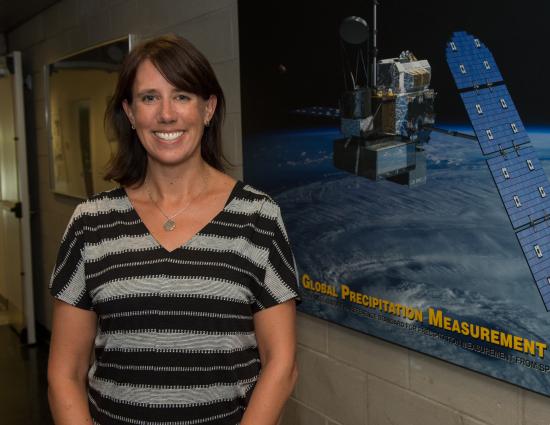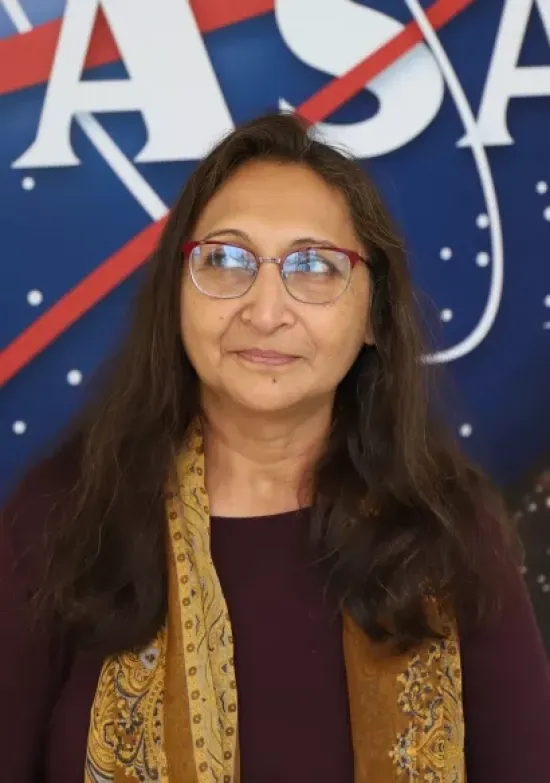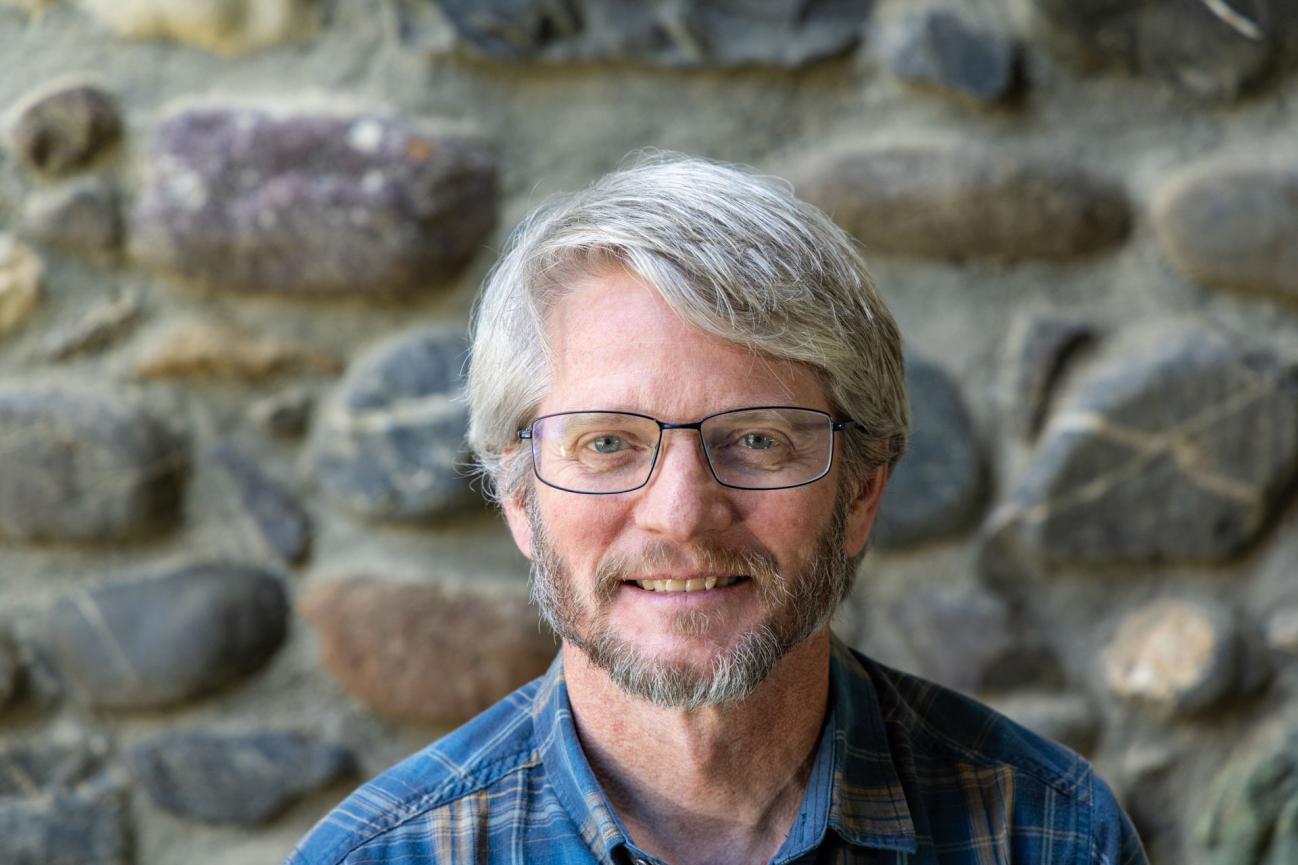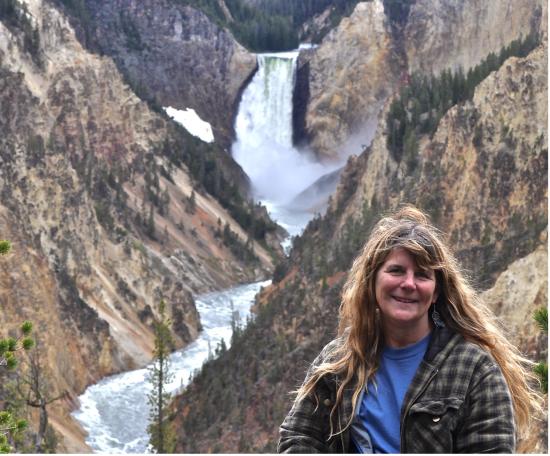
Webinar 6: Remote Sensing
July 11, 2024, 8:00 p.m. ET
Overview
Have you ever wondered how Earth observing satellites are able to measure things like precipitation, temperature, and other phenomenon from space? Join us during this free webinar to learn about “remote sensing” and gain an understanding of how and why we use satellites to help us understand and protect our home planet.
Resources
Speakers
Andi Brinn Thomas
Andi has been a part of the NASA community since 2015. She started out cataloging astronaut photography of Earth and quickly moved into writing stories for Earth Observatory, operating an ISS payload (Crew Earth Observations) and providing GIS and data visualization support for the Astromaterials Research and Exploration Science Division at Johnson Space Center. In January 2019, she joined the SERVIR Science Coordination Office at Marshall Space Flight Center and spent a little over a year working with their Eastern & Southern Africa hub to help build remote sensing applications in water resources management and provide communications support for the broader SERVIR program.
She continues a passionate journey near Earth Science today, serving as Project Manager for the Web Strategy and Communications Team for NASA's Earth Science Data Systems Program. When NASA Earth Science isn’t on her mind, she is happiest hanging out with her husband and two kids, Olli and Rilo.
Sarah Ringerud
Dr. Sarah Ringerud is a research meteorologist specializing in remote sensing and atmospheric science and the Deputy Project Scientist for the Global Precipitation Measurement Mission (GPM). Contributions to the field are focused on the development and innovation of satellite algorithms for microwave instruments.
Sarah holds a Ph.D. in Atmospheric Science with an emphasis on Remote Sensing from Colorado State University, where her dissertation focused on physically-based passive microwave precipitation retrieval over land. She also earned an M.S. in Atmospheric Science from the same institution and a B.S. in Atmospheric and Oceanic Sciences, with a second major in Mathematics, from the University of Wisconsin - Madison.
Currently serving as a Research Meteorologist at NASA Goddard Space Flight Center (GSFC), Sarah leads projects focused on the Global Precipitation Measurement Mission (GPM) Project and future mission concepts. Her expertise lies in satellite algorithm development, particularly for microwave instruments, and she actively collaborates with government and academic partners to advance the field of precipitation remote sensing.
Sarah's research interests span remote sensing, radiative transfer, the global hydrologic cycle, and atmospheric radiation. She has received numerous awards and fellowships for her work, including the UMD-ESSIC Best Paper of the Year Award, CSU Alumni Award, and the NASA Group Achievement Award for the Global Precipitation Measurement Mission.
In addition to her research endeavors, Sarah is an active member of professional organizations such as the American Meteorological Society (AMS), the American Geophysical Union (AGU), and the Institute of Electronical and Electronics Engineers Geoscience and Remote Sensing Society (IEEE-GRSS). She has presented her work at numerous domestic and international conferences and serves as a reviewer for multiple scientific journals.
With extensive experience in processing and interpreting large satellite datasets, Sarah continues to push the boundaries of remote sensing and atmospheric science, exploring insights to our understanding of Earth's climate system.
Amita Mehta
Dr. Amita Mehta is a Research Associate Professor and Applied Research Scientist in NASA Goddard Space Flight Center and University of Maryland Baltimore County (UMBC) Goddard Earth Sciences Technology and Research (GESTAR-II). Amita received her M.Sc. in Physics from Gujarat University, India in 1982, and her Ph.D. in Meteorology from Florida State University in 1991. Her primary research interests and experience are in satellite remote sensing of geophysical parameters, and their analysis and applications for understanding weather, climate, and hydrologic processes; and developing methodologies and trainings for applications of remote sensing observations for environmental sustainability and management.
Amita joined NASA-GSFC in 1991 and has worked on a number of projects including outgoing longwave radiation algorithm development and data analysis for NOAA TIROS (Television Infrared Observation Satellite) Operational Vertical Sounder (TOVS) and Aqua Atmospheric Infrared Sounder (AIRS), Analysis and applications of Global Precipitation Measurement (GPM), Remote sensing of water quality using optical remote sensing, and forest cover mapping using optical and Synthetic Aperture Radar measurements.
Amita is a lead instructor in NASA’s Applied Remote Sensing Training (ARSET) program since 2011, conducting numerous on-line and in-person trainings in applications of remote sensing data for water resources, and disaster monitoring and management. She has recently joined NASA Western Water Applications Office (WWAO) team. In 2000, she joined NASA-UMBC Joint Center for Earth Systems Technology (JCET) as a research faculty and has recently transitioned to GESTAR-II. Amita teaches senior level classes in ‘Weather and Climate’ and ‘Climate Change’ biennially at UMBC.
Roland Keys
Roland Kays is a zoologist with a broad interest in ecology and conservation, especially of mammals. He seeks out questions that are scientifically interesting but also have real-world relevance through educational or conservation value. He is an expert in using new technologies to study free-ranging animals, especially to track their movement with telemetry, GPS, and remote camera traps. He combines this high-tech work with traditional methods, collecting data through new field work and studies of museum collections. Roland is the Head of the Biodiversity Lab at the North Carolina Museum of Natural Sciences and is a Research Professor in the Forestry and Environmental Resources Department at North Carolina State University. You can learn more about his work here: RolandKays.org
Dorian Janney
Dorian Janney has a passion for sharing the wonders of NASA's science and exploration with others across all age levels! For over three decades she taught public school in both special and general education settings across all grade levels. She was an Einstein Fellow Finalist, achieved National Board Certification in Science Education, served on numerous education working groups, and has written science curriculum for the country. She now serves as the GPM Education and Outreach Coordinator, developing resources to help share the science, technology, and real-world applications of GPM with others. She is a Mentor GLOBE trainer, a member of the GLOBE Education Working Group, and supports the GLOBE field campaigns. Her most recent project is leading an effort to engage Lifelong Learners with The GLOBE Campaign’s Citizen Science efforts.






